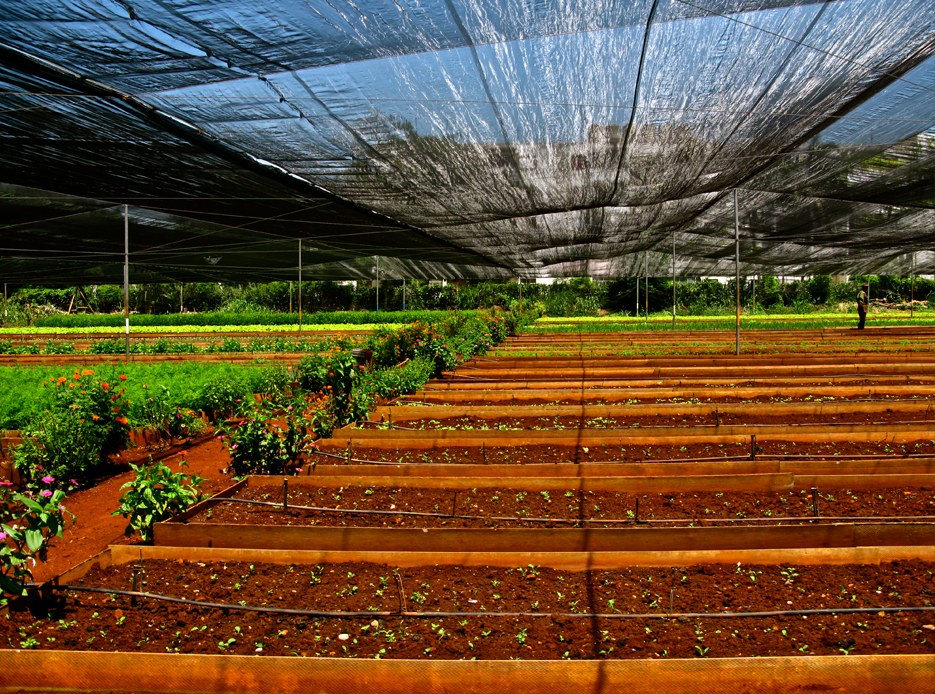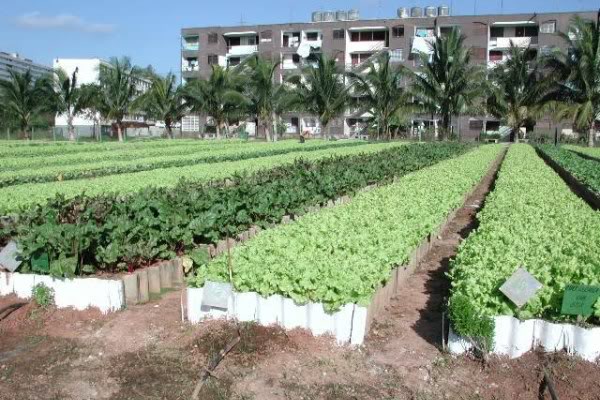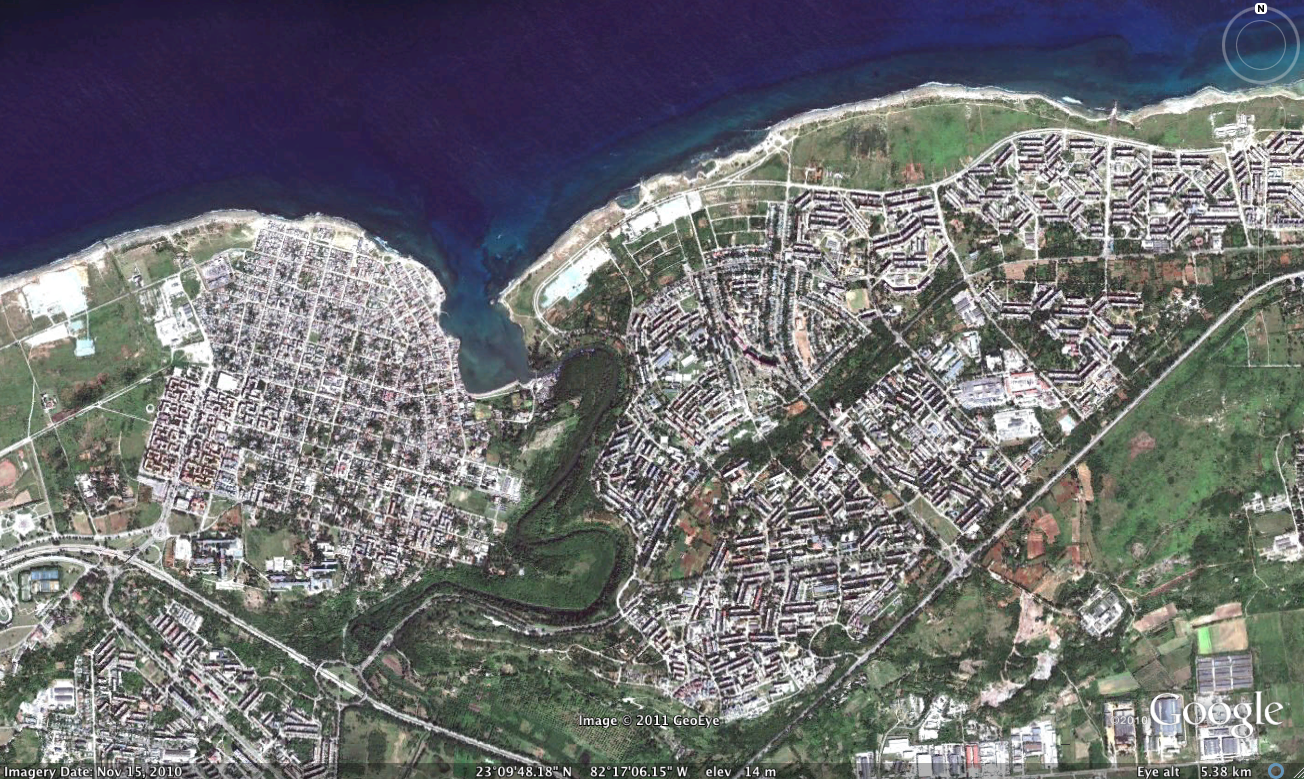The central part of this cooperative endeavor is built from recycled materials: wood, tin roofing, hand painted signs and one building with windows that clearly came from a bus. Eighty tons of food per acre are produce on the site that includes as many as five rotations/year of some crops. Profit is divided among the members according to a formula that allocates shares based on seniority as well as hours worked. The average wage of the garden workers is 950 pesos per month (about $40 US), about three times the average Cuban wage. Seniors also have a pension, and the cooperative provides not only breakfast and lunch but also interest-free loans, work clothes, detergent, hair cuts and beauty parlor services. Most but not all of its crops are grown in the raised beds.
SOURCE: http://sfbayview.com/
SEE ALSO: http://www.foodurbanism.org/report-on-urban-ag-in-havana/
EDITOR’S NOTE: In Havana urban farming fills an important social need and has become essential as little food has been imported since the oil crisis. The Alamar organoponico benefits as well from government support and by Cuban standards, work on the farm is well paid. The project gives workers a collective control over their work and is has not been opposed by developers or corporations. The close proximity to housing to the garden coupled with the collective management system encourage this landscape typology to function as a rich social milieu and strong neighborhood center. The project’s strengths include its ability to help ensure food security within its urban context. Given the importance of financial productivity, a high maintenance regime results in a visually tidy array of beds within a very large-scale urban surface. This borrowed landscape can be considered a value to those living or working in the adjacent buildings.










Pingback: INSPIRING GARDENING: VIVERO ORGANOPONICO ALAMAR, CUBA. | Allotinabox